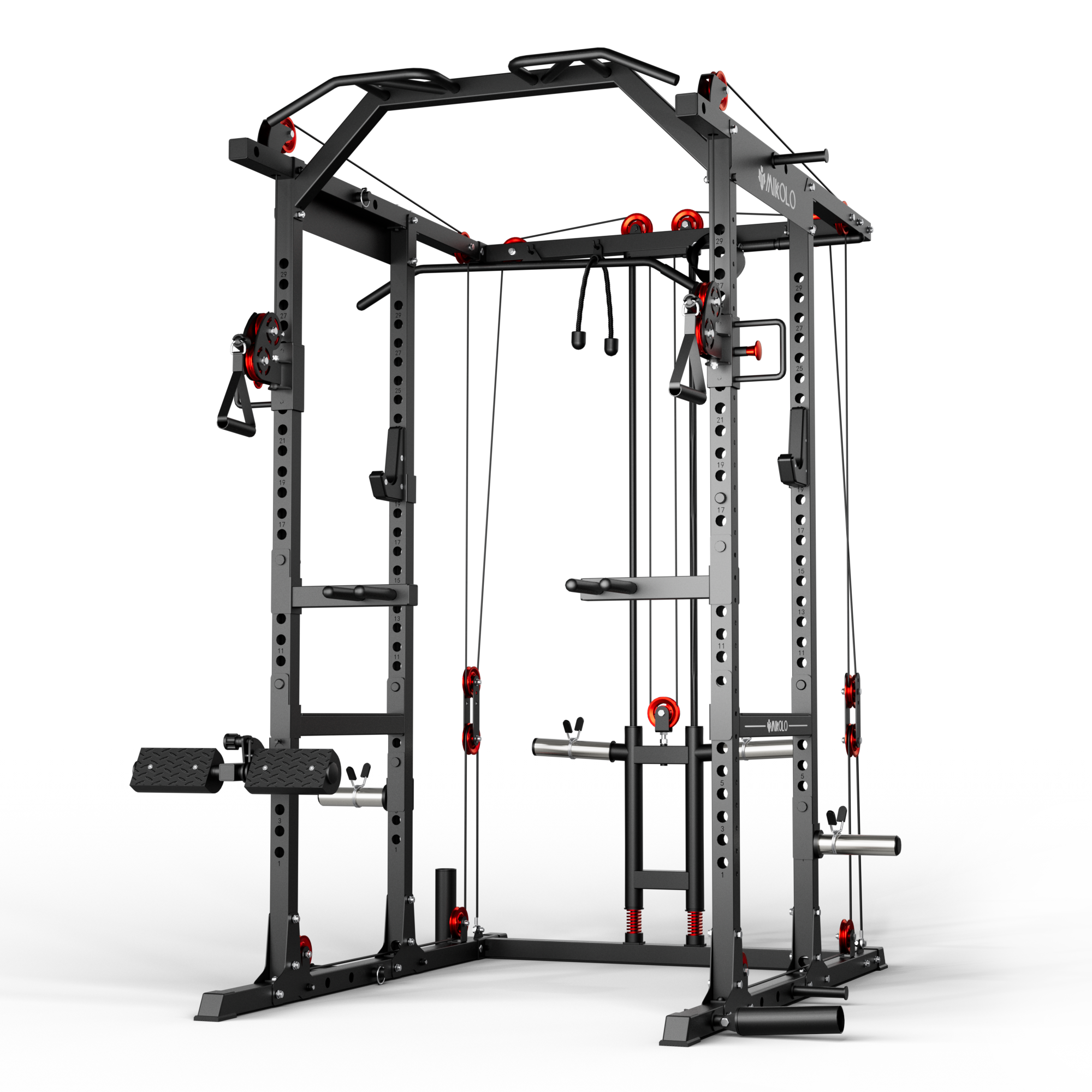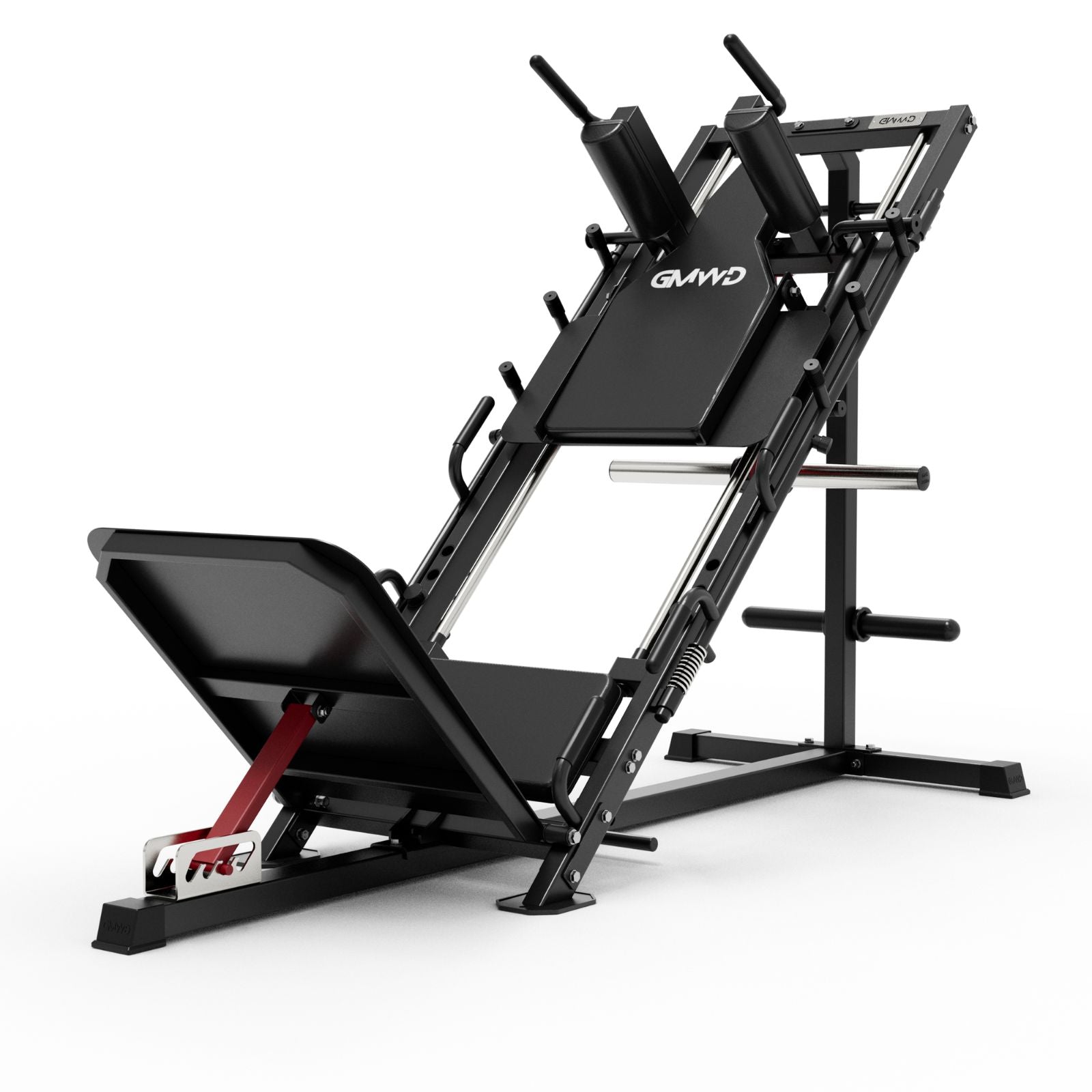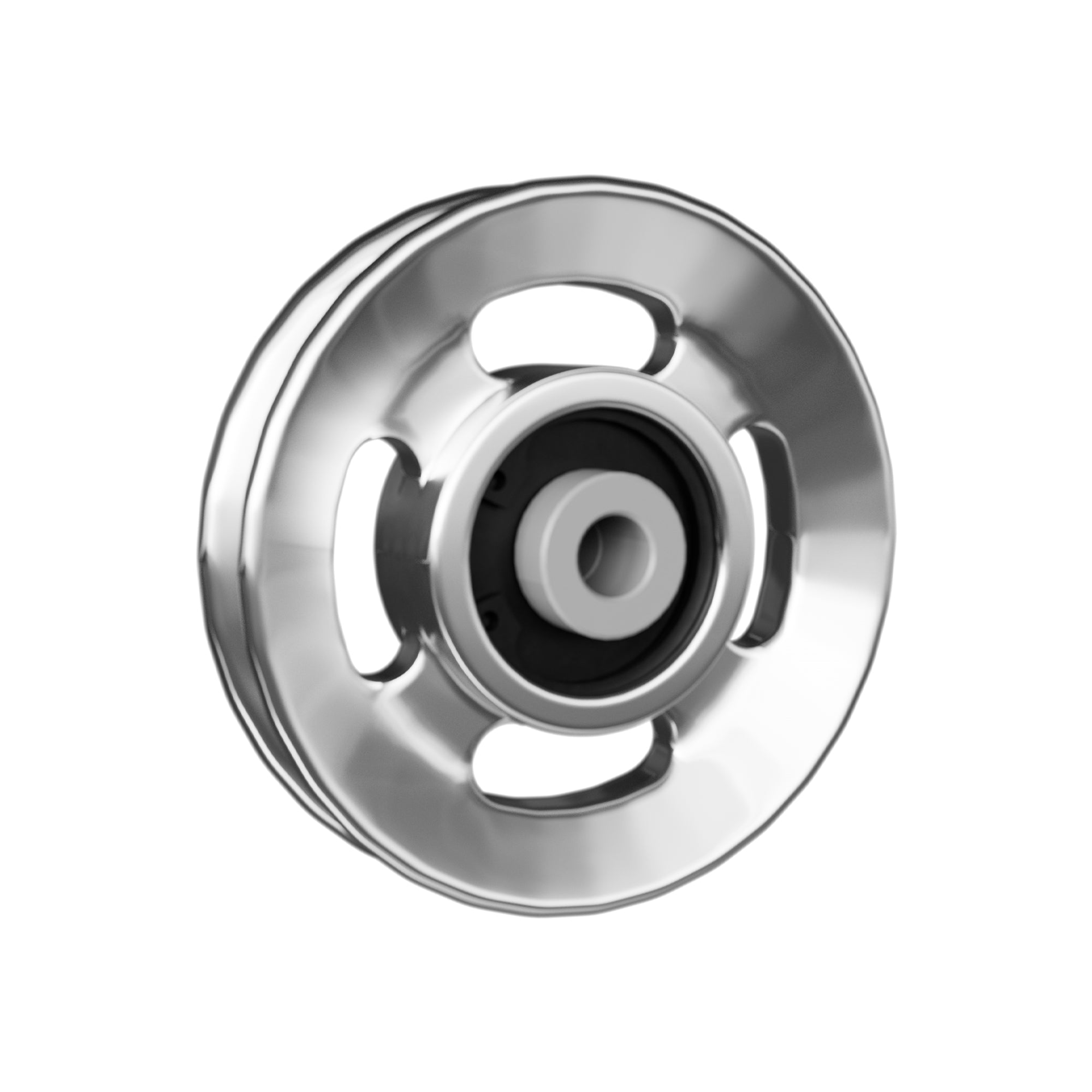When people think of chest training, the mind often goes straight to heavy bench presses or push-up marathons. While these certainly have their place, functional chest exercises offer a more practical, athletic approach—helping you build strength that actually translates into daily movements, sports, and injury prevention.
What Makes a Chest Exercise Functional?
Functional chest exercises go beyond isolating the pecs. They incorporate the muscles of the shoulders, core, and even the lower body to improve movement patterns you use in real life—pushing open a heavy door, bracing during a fall, or holding a plank while reaching for something. These movements build strength across multiple planes and improve joint stability, mobility, and neuromuscular coordination.
Best Functional Chest Exercises You Can Start Today
Here are a few staples that belong in any functional chest workout:
-
Single-Arm Cable Chest Press: Unlike a barbell press, this requires balance and core engagement to resist rotation. It strengthens the chest while teaching your body to stabilize unilaterally—a crucial skill for sports and daily life.
-
Push-Up Variations (Incline, Decline, Shoulder-Tap): These foundational movements challenge the chest, triceps, and core simultaneously. Adding instability or asymmetry—such as one-arm raised or feet on a medicine ball—forces the body to work harder to maintain control.
-
Standing Resistance Band Press: This mimics the motion of a chest press but in a standing position, engaging your lower body and core to maintain posture and balance.
-
Landmine Press with Rotation: A hybrid of a press and a twist, this builds explosive upper-body strength while training transverse-plane movement, essential for throwing or rotational sports.
-
Dumbbell Floor Press: Performed on the ground, this move limits elbow flare and range of motion to protect the shoulders while engaging stabilizer muscles often missed in traditional bench presses.
Structuring a Functional Chest Workout
A functional chest workout blends these movements in ways that mimic athletic patterns. Start with a dynamic warm-up (arm circles, wall slides, plank holds), then integrate pushing motions from different angles. Alternate unilateral with bilateral presses, and finish with core-driven moves like push-up planks or banded Pallof presses to lock in stability.
Personal Reflection: When Function Mattered Most
Several years ago, I helped a client recovering from a shoulder injury rebuild strength—not just for lifting, but for her job as a firefighter. Traditional barbell work kept aggravating her shoulder, so we shifted to landmine presses, single-arm cable pushes, and stability-based push-ups. Within weeks, her range of motion improved, and she was able to return to duty without pain. It was a reminder that functional training isn’t just a buzzword—it’s the bridge between gym performance and real-world readiness.
Final Thoughts
Functional chest training doesn’t just build a stronger chest—it creates a more capable, balanced, and injury-resistant body. Whether you’re an athlete, weekend warrior, or someone who just wants to move and feel better, shifting your chest workouts toward functional movements can elevate your results far beyond aesthetics. Train for strength, but more importantly, train for life.














































Leave a comment
This site is protected by hCaptcha and the hCaptcha Privacy Policy and Terms of Service apply.